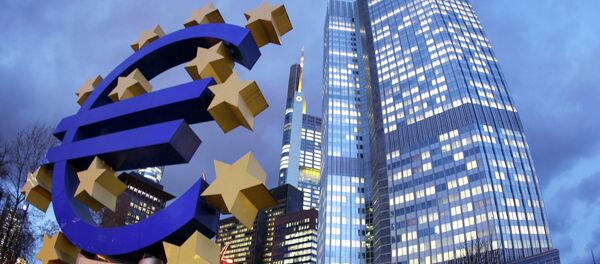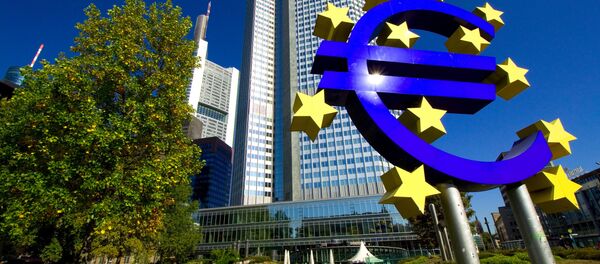The news of the Swedish central bank's decision caused its krona to close on Thursday at 8.44 to the US dollar, down from Wednesday's close of 8.38, having hit lows of 8.55 kronor to the dollar on the back of the announcement. The Norwegian krone also dropped one percent at the news, which raised the notion with investors of a similar intervention on the part of its central bank.
The Norwegian krone however closed up slightly on Thursday at 7.64 to the dollar, after the head of its central bank ruled out any unconventional measures such as quantitative easing. "Our monetary policy tool is rates, period," Oystein Olsen told the Wall Street Journal in an interview, adding that "they haven't at all considered similar measures that the Swedes have found necessary." On December 12 Norway's central bank, whose currency has a floating exchange rate, cut its key interest rate to 1.25 percent from 1.50 percent, the first interest rate cut in almost three years.
In announcing the cut, Norges Bank also indicated that further cuts could also be deemed necessary: “The analysis in the Monetary Policy Report presented today implies a key policy rate of 1¼ percent, or somewhat lower, in the period towards the end of 2016,” said Olsen in the statement.
"The fixed exchange rate policy is an indispensable element of economic policy in Denmark – and has been so since 1982. Danmarks Nationalbank has the necessary instruments to defend the fixed exchange rate policy for as long as it takes," said Lars Rohde, the bank's governor in a statement. In addition to the interest rate cut, the central bank announced it carried out foreign currency interventions worth 106.3 billion Danish krone [$16.2 billion] in January, as well as suspending the issuance of domestic and foreign bonds until further notice in an effort to reduce demand on the krone and reduce interest rates on longer-dated bonds.
Last week Karen Ward, Senior Global Economist for HSBC, warned that “the costs of QE are starting to outweigh the benefits” and the policy “is susceptible to significantly diminishing returns,” arguing that monetary policy is not the cure for structural impediments to growth. Ward raised the prospect of fiscal stimulus to shock the world economy out of stagnation, suggesting that a major program of spending on education, jobs and skills would have a greater impact on business confidence and the real economy, than continued asset purchasing.



